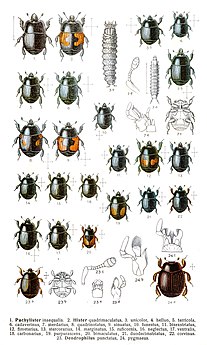
The acouchis are rodents belonging to the family Dasyproctidae from the Amazon basin. They are generally smaller than agoutis and have very short tails, while agoutis lack tails. For this reason the acouchis are also called tailed agoutis.

The Encyclopedia of Life (EOL) is a free, online collaborative encyclopedia intended to document all of the 1.9 million living species known to science. It is compiled from existing databases and from contributions by experts and non-experts throughout the world. It aims to build one "infinitely expandable" page for each species, including video, sound, images, graphics, as well as text. In addition, the Encyclopedia incorporates content from the Biodiversity Heritage Library, which digitizes millions of pages of printed literature from the world's major natural history libraries. The project was initially backed by a US$50 million funding commitment, led by the MacArthur Foundation and the Sloan Foundation, who provided US$20 million and US$5 million, respectively. The additional US$25 million came from five cornerstone institutions—the Field Museum, Harvard University, the Marine Biological Laboratory, the Missouri Botanical Garden, and the Smithsonian Institution. The project was initially led by Jim Edwards and the development team by David Patterson. Today, participating institutions and individual donors continue to support EOL through financial contributions.

Dendrophilinae is a subfamily of clown beetles in the family Histeridae. There are more than 30 genera and 490 described species in Dendrophilinae.

Ozophora is a genus of dirt-colored seed bugs in the family Rhyparochromidae. There are more than 100 described species in Ozophora.

Hypocaccus is a genus of clown beetles in the family Histeridae. There are more than 120 described species in Hypocaccus.
Peripsocus is a genus of stout barklice in the family Peripsocidae. There are more than 250 described species in Peripsocus.

Hoplitis is a genus of bees in the family Megachilidae. There are more than 380 described species in Hoplitis.
Tetraloniella is a genus of long-horned bees in the family Apidae. There are more than 100 described species in Tetraloniella.
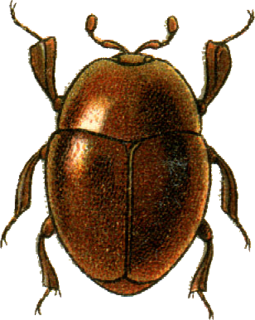
Bacaniini is a tribe of clown beetles in the family Histeridae. There are about 16 genera and more than 170 described species in Bacaniini.
Anopheles freeborni, the western malaria mosquito, is a species of mosquito in the family Culicidae.
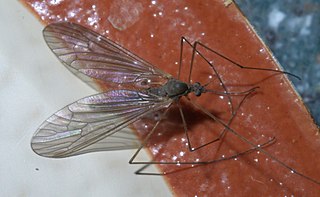
Trichocera is a genus of winter crane flies in the family Trichoceridae. There are more than 140 described species in Trichocera.

Lasiini is a tribe of ants in the family Formicidae. There are about 10 genera and more than 450 described species in Lasiini.
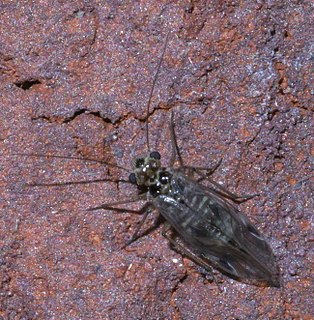
Blaste is a genus of common barklice in the family Psocidae. There are more than 100 described species in Blaste.

Exechia is a genus of fungus gnats in the family Mycetophilidae. There are more than 180 described species in Exechia.

Atomaria is a genus of silken fungus beetles in the family Cryptophagidae. There are more than 160 described species in Atomaria.
Stylurus spiniceps, the arrow clubtail, is a species of clubtail in the dragonfly family Gomphidae. It is found in North America.
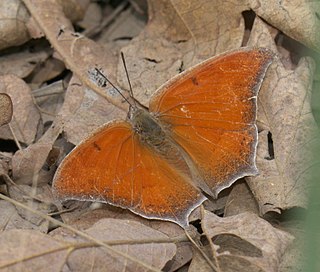
Anaea andria, known generally as the goatweed leafwing or goatweed butterfly, is a species of leafwing in the butterfly family Nymphalidae. It is found in North America.
Bacanius punctiformis is a species of clown beetle in the family Histeridae. It is found in North America.
Bacanius tantillus is a species of clown beetle in the family Histeridae. It is found in North America.
Bacanius acuminatus is a species of clown beetle in the family Histeridae. It is found in North America.
